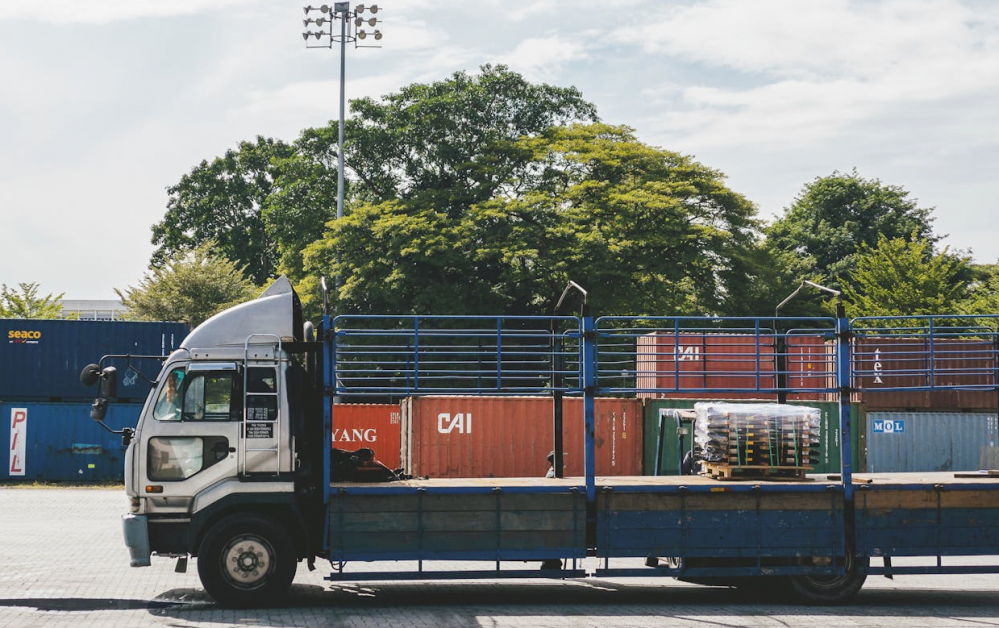TEU: The Universal Language of Global Shipping
TEU is the key measurement unit in maritime transport. This standard allows global cargo capacity comparison. For example, a 20,000 TEU mega-ship carries 20,000 standard 20-foot containers. Shipping lines use TEU data to plan routes and allocate vessels effectively.
Port Operations Through TEU Lens
Ports rely on TEU data for daily management. Major ports like Shanghai and Singapore handle 30,000+ TEUs daily. Ports schedule berths based on TEU volumes to ensure quick ship turnaround. Equipment like quay cranes get allocated according to TEU handling needs. Storage areas get designed around TEU quantities and cargo types.
TEU Strategies for Traders
Importers/exporters must master TEU calculations. A startup shipping fashion in one 20ft container (1 TEU) must compare LCL vs FCL costs. Electronics exporters needing 500+ TEUs monthly should book space 6 months ahead while considering cargo insurance and transshipment risks.
TEU as Market Indicator
TEU demand mirrors economic cycles. During booms, TEU shortages push shipping rates up 30%. In recessions, carriers discount rates to fill containers. Tracking TEU utilization helps predict rate trends - 85% utilization typically triggers price hikes.
7 Key Factors Affecting TEU Costs
Distance: China-US costs 60% more than China-Vietnam
Cargo Type: Refrigerated containers cost 2x regular rates
Market Fluctuations: Christmas peak adds 30% surcharge
Port Conditions: Rotterdam congestion adds $500/day waiting fees
Shipping Method: FCL costs 20% less/ton than LCL
Fuel Prices: Bunker fuel accounts for 25-35% of costs
Regulations: 2024 EU emission rules raised Europe rates 8%
Port Operations Through TEU Lens
Ports rely on TEU data for daily management. Major ports like Shanghai and Singapore handle 30,000+ TEUs daily. Ports schedule berths based on TEU volumes to ensure quick ship turnaround. Equipment like quay cranes get allocated according to TEU handling needs. Storage areas get designed around TEU quantities and cargo types.
TEU Strategies for Traders
Importers/exporters must master TEU calculations. A startup shipping fashion in one 20ft container (1 TEU) must compare LCL vs FCL costs. Electronics exporters needing 500+ TEUs monthly should book space 6 months ahead while considering cargo insurance and transshipment risks.
TEU as Market Indicator
TEU demand mirrors economic cycles. During booms, TEU shortages push shipping rates up 30%. In recessions, carriers discount rates to fill containers. Tracking TEU utilization helps predict rate trends - 85% utilization typically triggers price hikes.
7 Key Factors Affecting TEU Costs
Distance: China-US costs 60% more than China-Vietnam
Cargo Type: Refrigerated containers cost 2x regular rates
Market Fluctuations: Christmas peak adds 30% surcharge
Port Conditions: Rotterdam congestion adds $500/day waiting fees
Shipping Method: FCL costs 20% less/ton than LCL
Fuel Prices: Bunker fuel accounts for 25-35% of costs
Regulations: 2024 EU emission rules raised Europe rates 8%
How to Reduce TEU (20-Foot Equivalent Unit) Shipping Costs?
1. Right-size Containers
Use LCL for small items (saves 40%), choose 20ft containers if 40ft isn't full
2.Smart Packaging
Disassembled furniture reduces container needs by 30%
Proper stacking fits 15% more goods
3.Timing Matters
Post-Canton Fair lull offers 25% rate drops
Annual contracts lock in better rates
4.Optimized Routes
Direct routes save 5-7 days vs transshipment
China-France sea-rail intermodal cuts costs 18%
5.Group Shipping
10 SMEs sharing a container save 35%
Freight forwarder consolidation lowers costs 20%/m³
How much does it cost to ship a 20 - foot container from China to France (Update 2025)
|
Transportation Mode |
Destination |
Container Type |
Cost (April 2025) |
Transit Time |
Remarks |
|
Sea Freight |
Le Havre, France |
20 - foot Container |
$997.5 |
Approximately 20 - 30 days |
Suitable for medium - sized cargo transportation |
|
Sea Freight |
Le Havre, France |
40 - foot Container |
$1876.25 |
Approximately 20 - 30 days |
Cost - effective for bulk transportation |
Click to learn more:
CBM in Freight: What You Need to Know
SOC vs COC: Which One is Right for Your International Shipping?
ATA in Logistics: What You Need to Know
 English
English 简体中文
简体中文 繁體中文
繁體中文 Afrikaans
Afrikaans አማርኛ
አማርኛ Español
Español العربية
العربية Français
Français Dansk
Dansk Български
Български Беларуская мова
Беларуская мова বাংলা
বাংলা Português
Português Русский
Русский Afsoomaali
Afsoomaali فارسی
فارسی Türkçe
Türkçe كوردی
كوردی Deutsch
Deutsch 日本語
日本語 ไทย
ไทย Tiếng Việt
Tiếng Việt Italiano
Italiano עִבְרִית
עִבְרִית 한국어
한국어 Română
Română Nederlands
Nederlands Bahasa Indonesia
Bahasa Indonesia Shona
Shona



